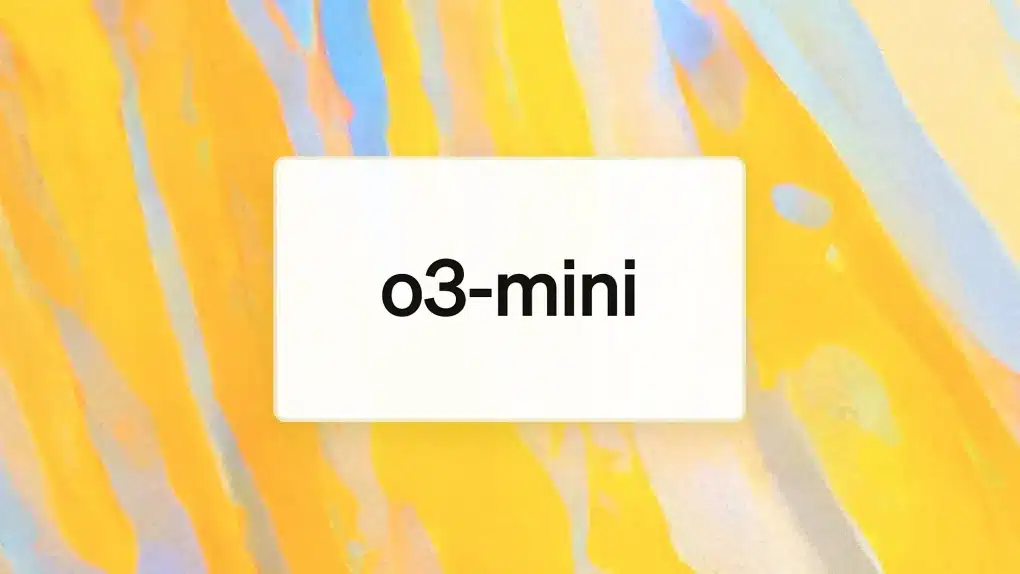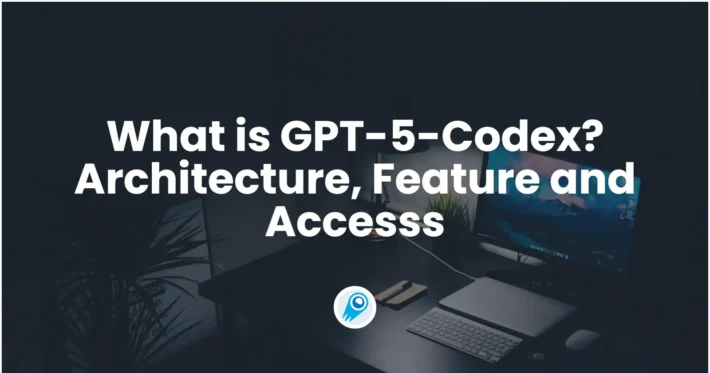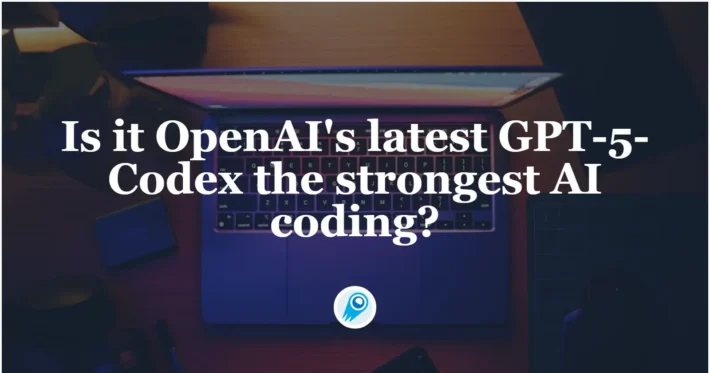Is o3‑mini Out? An In-depth Analysis

In early 2025, OpenAI introduced o3‑mini, a compact yet powerful “reasoning” model designed to deliver high-performance results in STEM tasks at reduced cost and latency. Since its public debut on January 31, 2025, o3‑mini has been integrated into ChatGPT’s model picker and made accessible via API to developers and end users under various plan tiers.
What is o3‑mini?
OpenAI’s o3‑mini is a compact reasoning model in the o3 family, designed to deliver advanced logical and STEM‑oriented capabilities at a lower computational cost than larger models. It succeeds the o1‑mini model and was conceptualized to provide robust performance in tasks requiring step‑by‑step reasoning, such as complex math problems, coding assistance, and scientific queries.
Key Features
- Structured Outputs & Function Calling: o3‑mini supports structured output formats and seamless function‑calling interfaces, enabling developers to integrate it into production workflows with minimal overhead .
- Three Reasoning Effort Levels: Users can choose low, medium, or high “reasoning effort” settings to balance speed and depth of analysis, with “medium” as the default for free‐tier users .
- Enhanced STEM Proficiency: Expert evaluations have shown o3‑mini matching or exceeding the original o1’s performance in coding, mathematics, and science domains while generating responses more quickly .
How does o3‑mini perform?
Speed and efficiency
- 24% faster than o1‑mini on average, as measured by response latency benchmarks, while maintaining or surpassing accuracy across standard coding and reasoning evaluations .
- Cost‑effective: Optimized inference pathways reduce computational overhead, translating to lower API costs for developers.
Accuracy and capabilities
- STEM focus: Demonstrates superior performance in mathematical problem solving, code generation, and logic puzzles, outperforming o1‑mini by a notable margin on relevant test suites .
- Search integration: Prototype-level web browsing allows o3‑mini to fetch real‑time data and cite sources, enhancing its utility for up‑to‑date queries .
- No vision support: Lacks built‑in image understanding—developers still rely on specialized vision models like o4‑mini or o1‑vision for visual reasoning tasks .
What are o3‑mini’s limitations?
Technical and feature constraints
- Vision gap: Absence of integrated image processing limits o3‑mini to text-based inquiries, necessitating fallback to vision‑capable models for multimodal applications .
- Prototype features: Search integration remains in early prototype form; reliability and coverage may vary across domains and incoming queries.
Competitive and market dynamics
- DeepSeek’s R1 model: Chinese startup DeepSeek’s open‑source R1 reasoning model continues to apply competitive pressure, offering similar performance at lower cost and challenging OpenAI’s market share in Asia and beyond .
- Simplification roadmap: In February 2025, Sam Altman announced plans to fold standalone o3 into an upcoming GPT‑5 release, signaling potential consolidation of model offerings and a shift away from discrete “o3” branding.
How does o3‑mini compare to its predecessors?
Performance Metrics
Compared to o1‑mini, o3‑mini offers:
- Higher Rate Limits: Plus and Team users saw rate limits increase from 50 to 150 messages per day .
- Improved Accuracy: Independent testing indicated stronger reasoning accuracy and clarity across STEM tasks .
Cost and Latency
- Lower Latency: Despite its deeper reasoning capabilities, it maintains response times comparable to o1‑mini, making it suitable for latency‑sensitive applications.
- Cost Efficiency: By optimizing compute usage, o3‑mini reduces per‑token cost relative to larger models, offering developers a more budget‑friendly option without sacrificing core reasoning functionality .
What comes next after o3‑mini?
Future Model Roadmap
Building on o3‑mini, OpenAI released o3 on April 16, 2025, and introduced o4‑mini alongside it . These models expand on o3‑mini’s capabilities, offering larger context windows, support for vision tasks, and further optimizations in reasoning efficiency.
Ongoing Improvements
OpenAI continues to refine o3‑mini through:
- Transparency Enhancements: Recent updates expose parts of the model’s internal deliberation steps, aiming to increase interpretability and trustworthiness.
- Rate Limit Adjustments: In February, rate limits for o3‑mini‑high were increased to 50 requests per day for Plus users, and file/image upload support was added .
Planned Deprecation and Successor Models
Despite its initial traction, o3‑mini is slated for deprecation in certain contexts:
- GitHub Copilot: Support ends on July 18, 2025, with o4‑mini positioned as the direct replacement for users seeking improved performance and capabilities .
- OpenAI Model Picker: Within ChatGPT’s interface, o3‑mini will eventually be superseded by o4‑mini, which offers further enhancements in reasoning depth and accuracy .
This planned phase‑out underscores OpenAI’s iterative approach: releasing successive “mini” models that gradually refine the balance between speed, cost, and intelligence.
Getting Started
CometAPI provides a unified REST interface that aggregates hundreds of AI models—under a consistent endpoint, with built-in API-key management, usage quotas, and billing dashboards. Instead of juggling multiple vendor URLs and credentials.
While waiting, Developers can access O4-Mini API ,O3 API and O3 Mini API through CometAPI, the latest models listed are as of the article’s publication date. To begin, explore the model’s capabilities in the Playground and consult the API guide for detailed instructions. Before accessing, please make sure you have logged in to CometAPI and obtained the API key. CometAPI offer a price far lower than the official price to help you integrate.
Conclusion
In summary, o3‑mini has been fully released since January 31, 2025, with broad availability across ChatGPT’s free, Plus, Team, Pro, and Enterprise plans. It introduced improved reasoning capabilities to a diverse user base, striking a noteworthy balance between computational efficiency and problem‑solving precision. While media coverage lauded its affordability and performance, subsequent partner deprecations signal a transition toward more advanced successors like o4‑mini. Nonetheless, o3‑mini’s role in democratizing access to reasoning‑focused AI represents a significant milestone, underscoring the iterative nature of AI innovation and the ongoing quest to make powerful AI tools both accessible and reliable.


